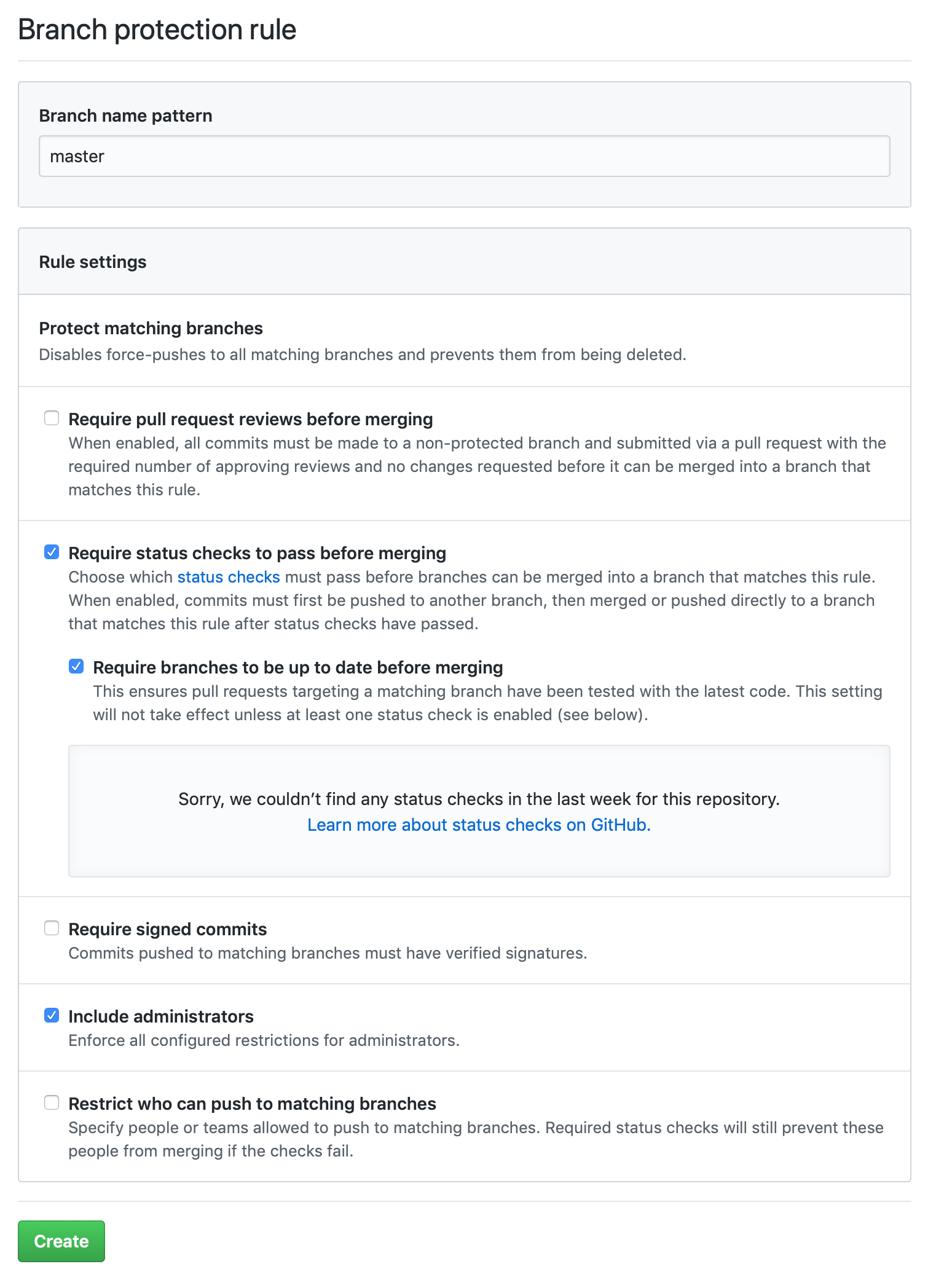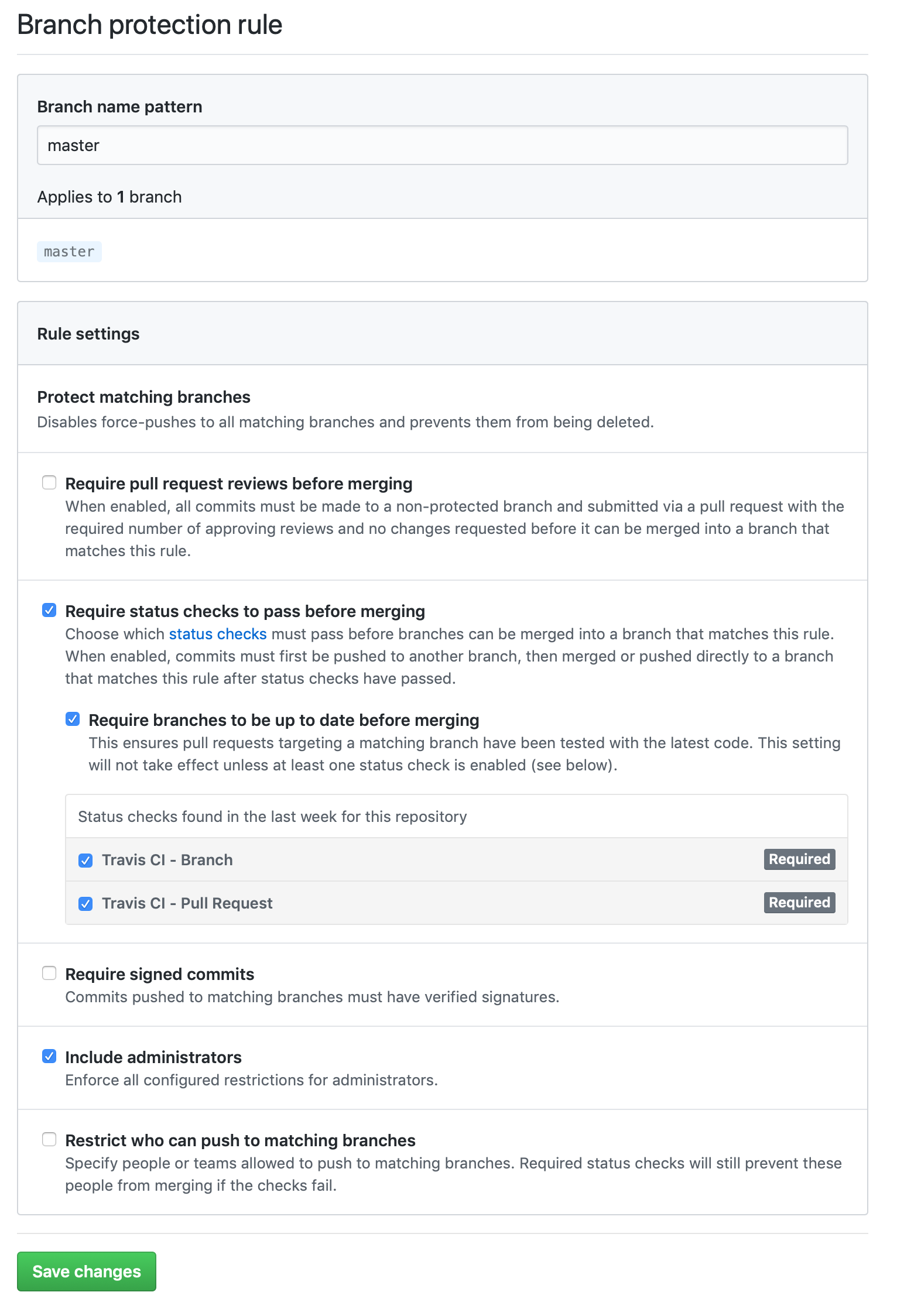Adding a New Package to the Build¶
New packages intended for distribution to end users should generally be added as a dependency of a “top-level product:” these are the roots of the LSST package hierarchy.
They include lsst_apps, lsst_distrib, qserv_distrib and lsst_sims.
Before adding a new dependency to any of these products, it must be approved through the RFC process. Consensus must be reached regarding both the name and the suitability of the new package. Before adopting the RFC, the following steps must be completed:
- Implementation tickets are created to cover package creation.
- The package is migrated to the
lsstorg, if not already there. - An audit is done of any dependencies with a focus on identifying implied dependencies.
Packages that will not be distributed as part of a release do not require an RFC.
After approval, code written internally by Data Management should be packaged following the template in the lsst/templates repository. DM packaging of third party code should proceed as described in Distributing Third-Party Packages with EUPS.
New packages must be added to the LSST organization on GitHub and access must be granted to appropriate teams. For DM-written code, these include “Data Management” and “Overlords.” For third-party code, use the “DM Externals” and “Overlords” (but not “Data Management”) teams.
Warning
Failing to assign a team will break the daily and weekly builds.
The automated builds use the team membership to determine the type of tag to be applied.
Having the code reside in the lsst or lsst-dm organization on GitHub is not sufficient.
The new package must be added to the etc/repos.yaml file in the lsst/repos repository along with its corresponding GitHub URL. This file is governed by a “self-merge” policy: upon opening a pull request, it will be checked by Travis CI, and developers may merge without further review on success. This change must be merged before the package can be built on Jenkins. Refer to RFC-75 for background.
The new package then needs to be added to the ups/*.table file (and possibly the ups/*.cfg file if this is a C++ package) of one or more other packages in the stack where it is used so that the build system can work out the correct dependency tree.
Table files should use setupRequired(package_name) or setupOptional(package_name) as necessary; test data packages are usually optional to allow releases to be made without requiring large additional data packages to be included.
Packages that use optional dependencies must be written to ensure that they can pass their unit tests when the package is not available.
Configuring GitHub Repositories¶
All LSST DM repositories on GitHub must be configured to protect the master branch and to ensure that the merge button for pull requests can not be pushed without the branch being up to date with master.
There are a number of settings required to ensure this and they are described below with URLs referring to the afw package.
Replace afw with the relevant package name to get to the correct page on GitHub.
- On the main settings page for the repository, https://github.com/lsst/afw/settings, disable squash and rebase merging:

2. Configure master branch to enable protections.
For afw this is located at https://github.com/lsst/afw/settings/branches/ and can also be found from the “Branches” sidebar item on the settings screen.
In the “Branch protection rules” section of that page you will have to click on “Add rule” to create a rule for master.
Add in master as the branch name pattern and then enable status checks and require that branches be up to date before merging.
Administrators must be included in these protections since it’s all too easy to make a mistake without realizing you have special override powers.
With checks enabled people will be able to use the GitHub merge button on Pull Requests and know that the standard process is being adhered to.

In the image above no automated status checks are being performed because we have not yet enabled any. GitHub requires that at least one check runs before the up-to-date checks are enabled so a Travis job must be provided if the GitHub merge button is to be used. Travis does not replace normal testing done with a Jenkins job, but for packages that have been updated to use flake8 it is useful to add a simple Travis script like the following:
sudo: false
language: python
matrix:
include:
- python: '3.6'
install:
- pip install -r <(curl https://raw.githubusercontent.com/lsst/linting/master/requirements.txt)
script: flake8
Note
For Travis to recognize the file in the repository it must be named .travis.yml and be in the repository root.
Any other name will be ignored and in particular the common misnaming of the file as .travis.yaml does not work.
Note
The the linting repository provides a requirements.txt which specifies an appropriate version of flake8.
For packages containing C++ that have been tidied up using clang tools, you may consider adding a Travis check that runs the tidy tool and does a diff with the repository.
Shell scripts can also be checked by calling the shellcheck command.
If nothing seems appropriate a null Travis job should be enabled to allow GitHub to do the checks it needs.
An example null Travis file follows:
sudo: false
language: python
script:
- echo Passed
Once the Travis script has been written, pushed to GitHub, and ultimately merged to master, new pull requests will automatically run the Travis checks without any further configuration and the results of the Travis checks will be visible in the “Checks” tab of the pull request on GitHub.
When the first job completes you can return to the branches settings page on GitHub.
Now you will see that the master branch is listed along with an EDIT button.
The branch protection rules will now list the Travis CI checks in the “up to date before merging” section.
Enable these and save.
Your branch protections screen should then look something like this:

If your repository already included a .travis.yml file before you enabled branch protections these options will have been available to you immediately and can be enabled as part of the initial branch protections.
Handling Git LFS-backed repos¶
New Git LFS-backed repos (or existing repos being converted to LFS) require additional configuration.
The repos.yaml entry must declare that the repository is LFS backed:
afwdata: url: https://github.com/lsst/afwdata.git lfs: true
See the comment block at the top of repos.yaml for additional details.
At present, the EUPS distrib packaging mechanism does not support LFS-backed repos. These products must not be added to any top-level meta-package or as a mandatory (non-
optional) recursive dependency of a top-level package.Optional dependencies must be added to manifest.remap to prevent the creation of broken EUPS distrib packages. Please note that the “self-merge” policy (RFC-75) does not apply to manifest.remap.
Unlike changes merged into repos.yaml, modifications to manifest.remap do not take immediate affect.
We recommend that you attach the modification PR to a DM Jira issue on the
Continuous Integrationcomponent.
Warning
LFS-backed repositories must always be used as optional dependencies and must always be added to the manifest.remap file. This is required because of constraints imposed by the EUPS publication mechanism.